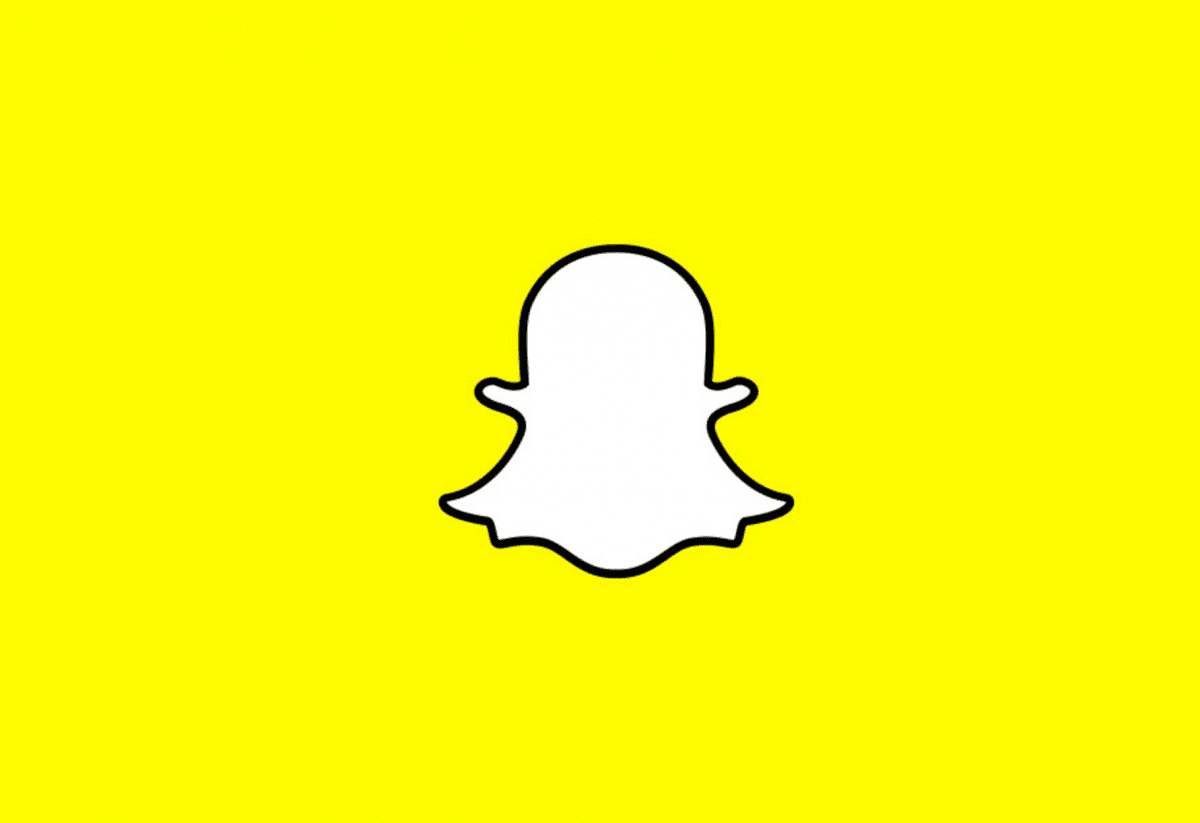Snapchat has come roaring back. Its parent company, Snap Inc., was once on the verge of collapse, but recently it posted stronger-than-expected quarterly earnings: according to a FactSet poll, while analysts had estimated revenues around $557 million, Snap’s quarterly revenue in fact enjoyed a 52 percent rise to $678.7 million. And its stock value is soaring, with shares gaining 74 percent this year through the October 20 close.
Why is Snapchat rebounding?
Reasons for the Rebound
Understanding Snapchat’s renaissance means understanding the factors in play during a complicated year:
- Snapchat’s user base has grown. According to Adweek, the social media company has seen 249 million daily users in the third quarter of 2020: that’s an 18 percent increase from the 210 million users noted for the same period last year, and 11 million more new daily users since last quarter. Notably, the growth is not restricted to the United States: in India, for example, daily active users in the third quarter are up almost 150 percent from the same time in 2019. The growth makes sense: as The New York Times reported earlier this year, “Stuck at home during the coronavirus pandemic . . . Americans have been spending more of their lives online.” That online phenomenon has been repeating itself again and again around the globe during this year of COVID-19, and at least some of those users are gravitating to Snapchat.
- Advertisers are spending money on Snapchat. The July ad boycott of Facebook, which protested the company’s policies on hate speech, may have helped Snap in terms of where advertisers are channeling their dollars. TikTok’s troubles, both domestically (attempts by the Trump administration to ban it) and abroad (India’s successful TikTok ban) also likely gave advertisers pause. While Snap has declined to draw a direct line between other companies’ struggles and its own resurgence, Chief Business Officer Jeremi Gorman said in a prepared statement, “As brands and other organizations used this period of uncertainty as an opportunity to evaluate their advertising spend, we saw many brands look to align their marketing efforts with platforms who share their corporate values.”
- The company continues to innovate with interesting new ways to spend time on Snapchat. One example? The company’s commitment to augmented reality (AR). Even last year Spiegel was enthusing about the importance of AR to Snapchat; as he pointed out at the time, daily active users were interacting with a Snap AR product — like AR Lenses and filters — almost 30 times a day on average. A year later, Spiegel is confident the investment in AR is paying off. As he notes, “The adoption of augmented reality is happening faster than we had previously anticipated, and we are working together as a team to execute on the many opportunities in front of us.” A good example of how Snapchat applies AR: the recent release of 3D full-body tracking for AR lenses, which made it possible for Snapchat members to create costumes in AR ahead of Halloween.
In another example of innovation, Snap Inc. worked with Headspace to mark World Mental Health Day on October 10, releasing two new meditations in Snapchat’s Headspace Mini. During a year when Snapchatters in the U.S. are feeling significant stress — a survey by independent research company GroupSolver indicates that COVID-19, finances, politics, and school are leading sources of that stress —the meditations, called Snap Minis, are “bite-sized utilities” that require no installation and are accessible via chat and search. Headspace director of meditation Eve Lewis guides the meditations, which run approximately six minutes each and focus on practicing kindness and navigating uncertainty during the school year.
What Should Advertisers Do?
What does this news about Snapchat mean for brands? We recommend that advertisers:
- Consider Snapchat if you are interested in the Millennial and Gen Z markets. As we’ve blogged, the app appeals to these demographics. Meet your desired audience where they are at—and right now, these powerful demographics can be found on Snapchat.
- Consider Snapchat to be a complement to your advertising with Amazon, Facebook, and Google. Snapchat is not going to challenge the Big Three. But if you are interested in experimenting with technologies such as augmented reality, Snapchat is a good platform to try.
Contact True Interactive
Should Snapchat be part of your digital plan? Contact us. We can help.
